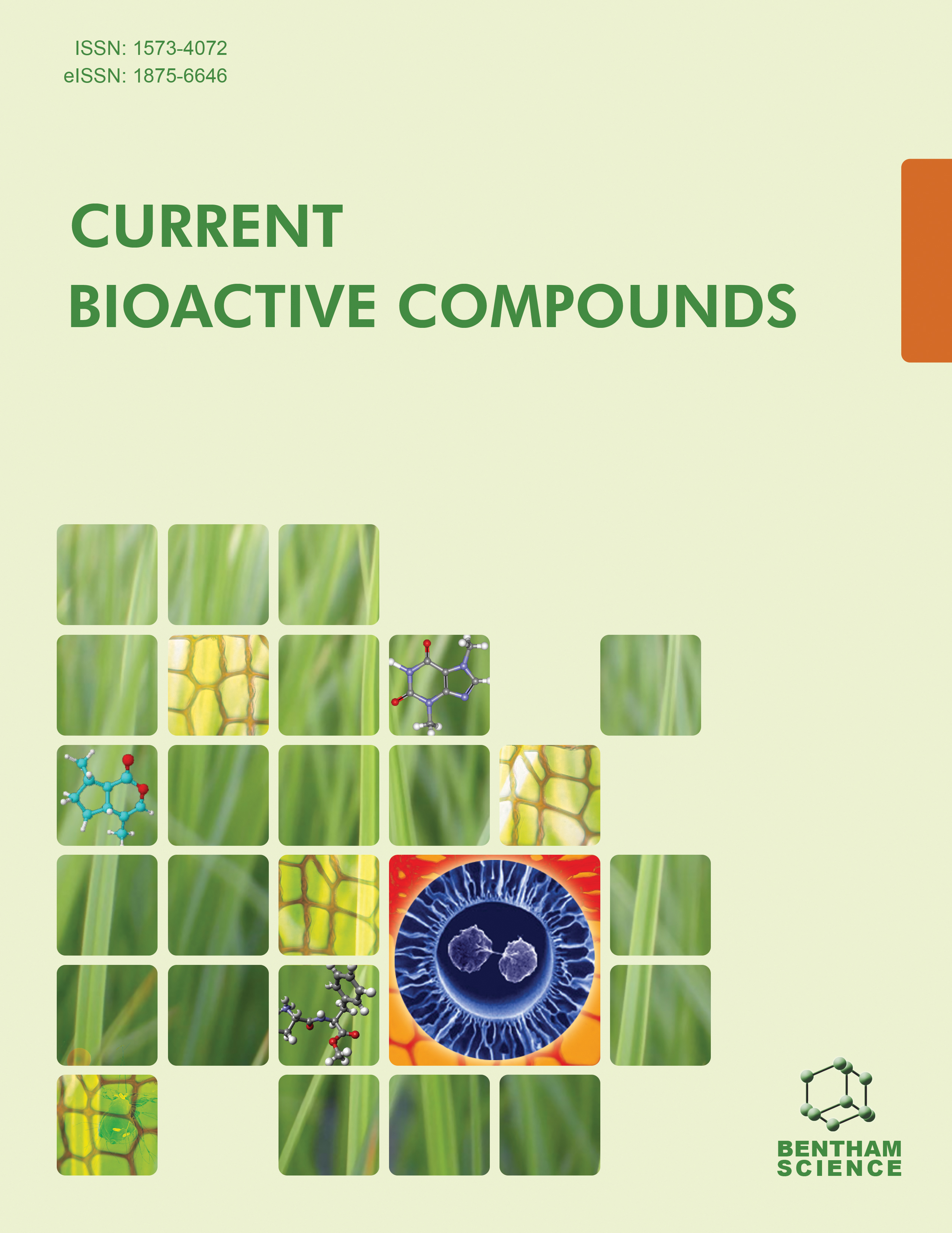
Full text loading...
The overuse of food additives and preservatives has become a source of concern globally due to the inherent risks associated with them. This study evaluated neurobehavioral performance, atherogenic risk, and oxido-inflammatory response in mice fed with normal and high-fat diets supplemented with combined sodium benzoate (SB) and monosodium glutamate (MSG).
Mice were divided into four groups (n=6) and fed with normal diet (ND), high-fat diet (HFD), ND+MSG+SB, and HFD+MSG+SB, respectively, for 28 days. Neurobehavioral performance in mice was carried out in an open field, and Y-maze tests were performed. Serum was obtained to determine lipid profile and atherogenic risk, while brain homogenate was used to determine oxidative stress, inflammatory markers, and neurotransmitter-related enzyme activities.
This study reported that in mice fed with HFD, ND+MSG+SB, and HFD + MSG +SB, there was a significant (p < 0.05) decrease in explorative activity, an increase in anxiety-like behavior, as well as decreased memory performance. Malondialdehyde and nitrites levels increased, while levels of reduced glutathione and antioxidant enzyme activities, catalase and superoxide dismutase, were significantly reduced. Pro-inflammatory cytokines (TNF-α and IL-6) were significantly increased in the brains of mice fed with HFD, ND+MSG+SB, and HFD + MSG +SB when compared with control. Moreover, the activities of acetylcholinesterase increased while glutamic acid decarboxylase decreased significantly.
In conclusion, SB and MSG supplementation in diets caused neurobehavioral deficits in mice, increased atherogenic risk, and upregulated oxidative stress and inflammatory response in mice brains.

Article metrics loading...

Full text loading...
References


Data & Media loading...

